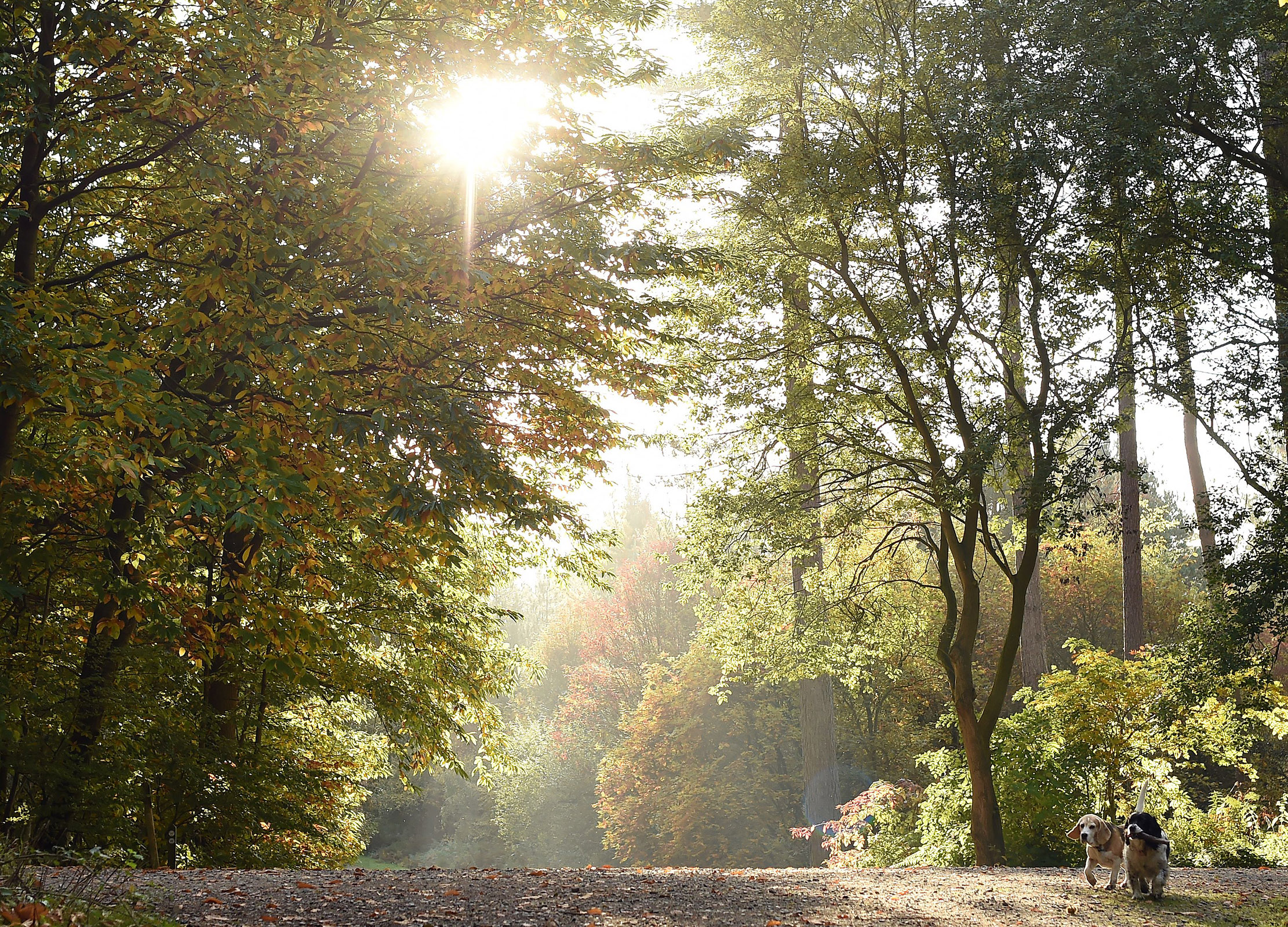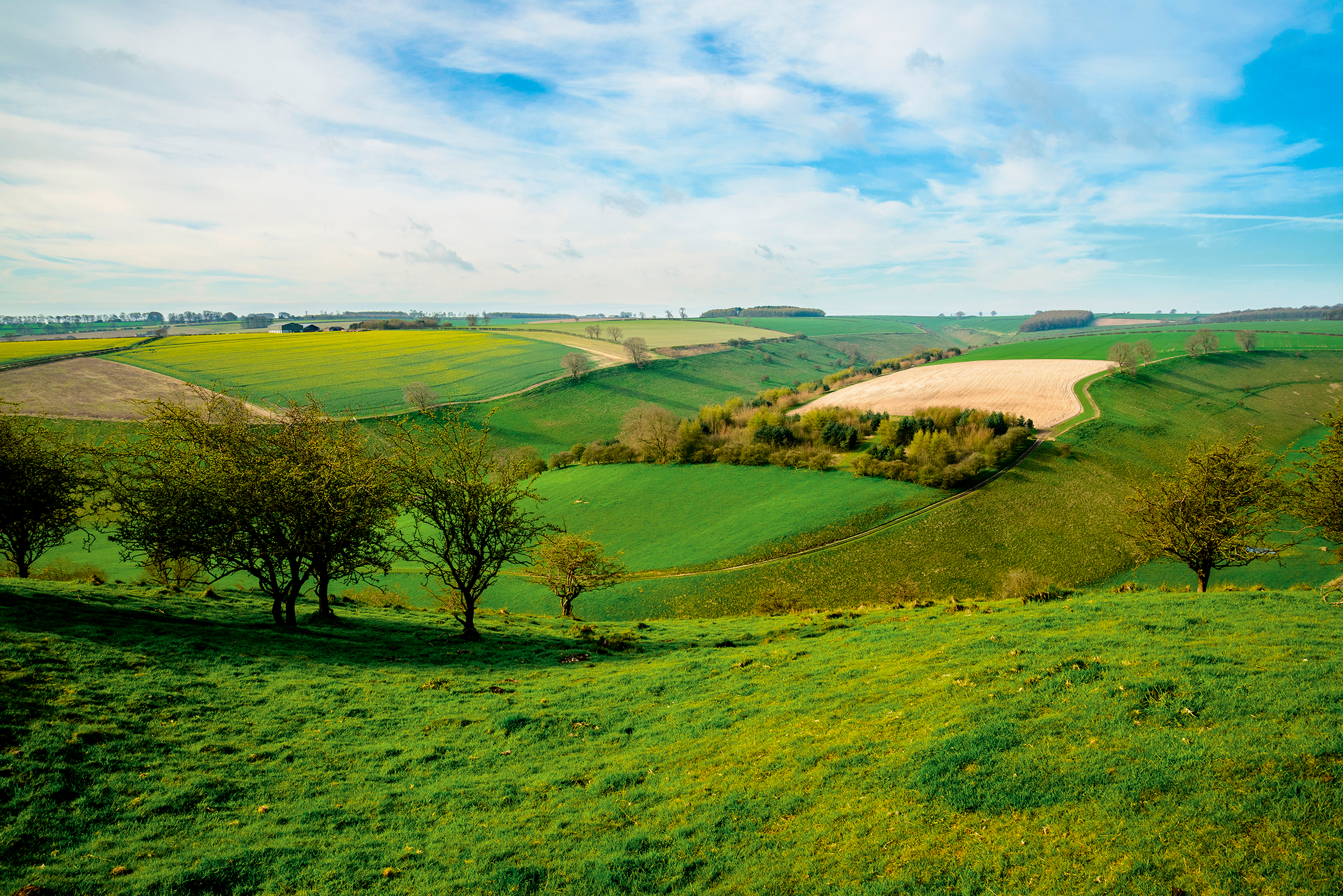The 'majestic' swathes of Cheshire and Yorkshire in line to become England's newest AONBs
England looks set to have two new Areas of Outstanding Natural Beauty, in Cheshire and Yorkshire. Carla Passino reports.


Cheshire’s majestic Sandstone Ridge and the chalk hills and dry valleys of the Yorkshire Wolds could soon become England’s latest Areas of Outstanding Natural Beauty (AONB). Natural England has put forward proposals to designate the two places and expand the existing Surrey Hills and Chilterns AONBs, as well as providing funds to farmers and landowners within protected countryside to help them improve the environment and boost public access.
It is part of the Government’s response to Julian Glover’s 2019 review on National Parks and AONBs, which indicted the system for being too ‘fragmented’. The plan goes a long way towards meeting a commitment to protect 30% of the land by 2030, according to Environment Secretary George Eustice, as it will deliver 40% of the almost 990,000 acres required to achieve the target. It will also help preserve a greater number of the country’s most beautiful landscapes for the future — another Government objective.
Certainly, both areas are well worth protecting: the Sandstone Ridge soars high above the Cheshire Plain in a sequence of hills and escarpments covered by a mosaic of fields, sandstone villages, such as Tarporley and Frodsham, bluebell-embroidered woods, open heathland and Ice-Age pools thick with moss; there are Iron Age hill forts, burial mounds and ring ditches, as well as a far more ‘modern’ Roman road.

The gentle hills of the Wolds, masterfully captured by David Hockney, are equally beautiful, with a kaleidoscope of wildflowers, gnarled trees, Elizabethan country houses and time-forgotten villages (including the deserted medieval one at Wharram Percy), as well as the spectacular chalk cliffs at Flamborough Head.
However, the proposed designations have prompted a mixed reaction among countryside organisations. The CLA expressed concern at the lack of detail in the Government’s plans and called for changes to the system so that it supports economic growth, as well as safeguarding cherished stretches of country.
‘A designated area must be an example of our finest landscape, but as well as protecting that landscape, there must be a deliverable plan to enhance the area in terms of quality employment opportunities, connectivity and transport,’ observes CLA chief surveyor Andrew Shirley. ‘A strong economy in designated areas will maintain vibrant communities and underpin the delivery of natural environment goals.’
Sign up for the Country Life Newsletter
Exquisite houses, the beauty of Nature, and how to get the most from your life, straight to your inbox.
Carla must be the only Italian that finds the English weather more congenial than her native country’s sunshine. An antique herself, she became Country Life’s Arts & Antiques editor in 2023 having previously covered, as a freelance journalist, heritage, conservation, history and property stories, for which she won a couple of awards. Her musical taste has never evolved past Puccini and she spends most of her time immersed in any century before the 20th.
-
 How an app can make you fall in love with nature, with Melissa Harrison
How an app can make you fall in love with nature, with Melissa HarrisonThe novelist, children's author and nature writer Melissa Harrison joins the podcast to talk about her love of the natural world and her new app, Encounter.
By James Fisher
-
 'There is nothing like it on this side of Arcadia': Hampshire's Grange Festival is making radical changes ahead of the 2025 country-house opera season
'There is nothing like it on this side of Arcadia': Hampshire's Grange Festival is making radical changes ahead of the 2025 country-house opera seasonBy Annunciata Elwes